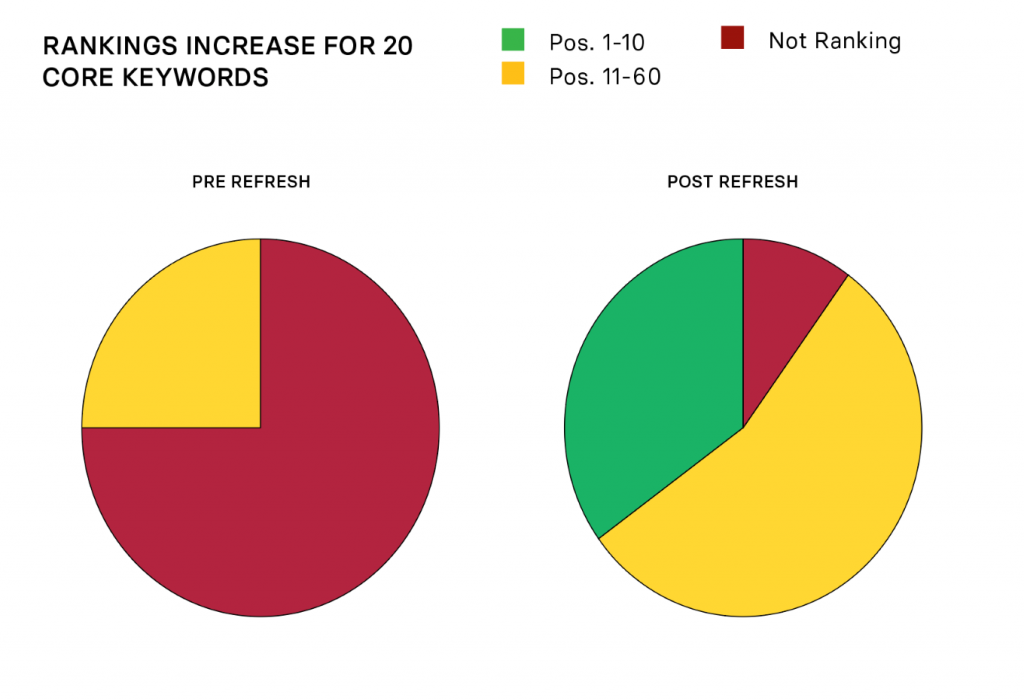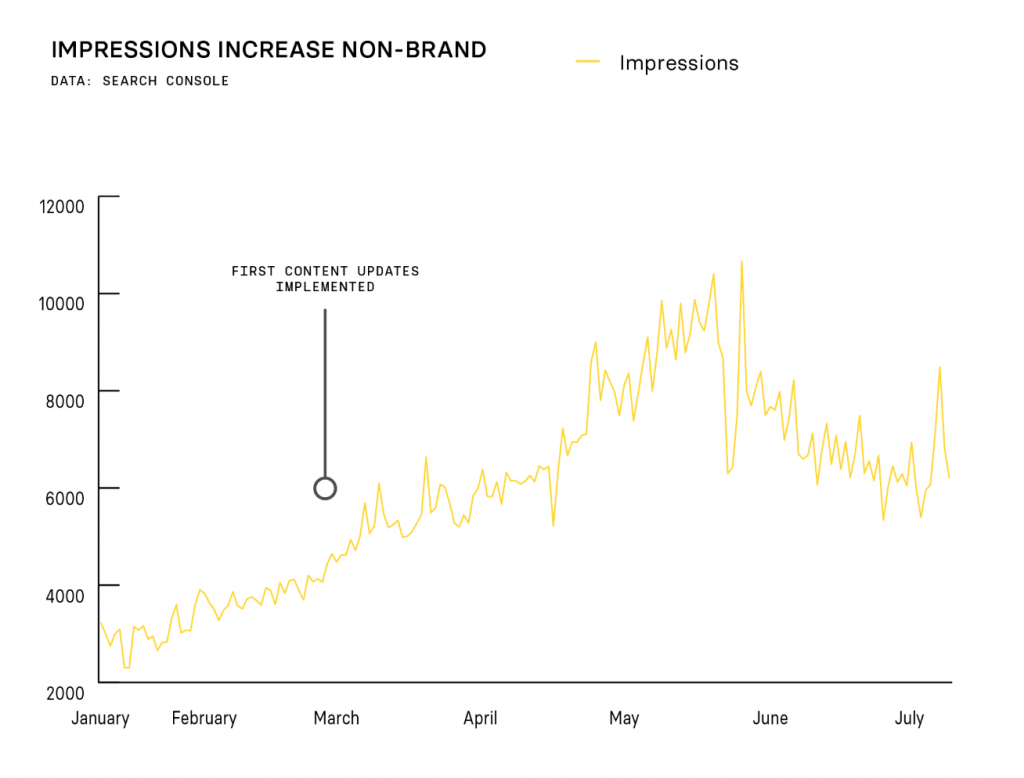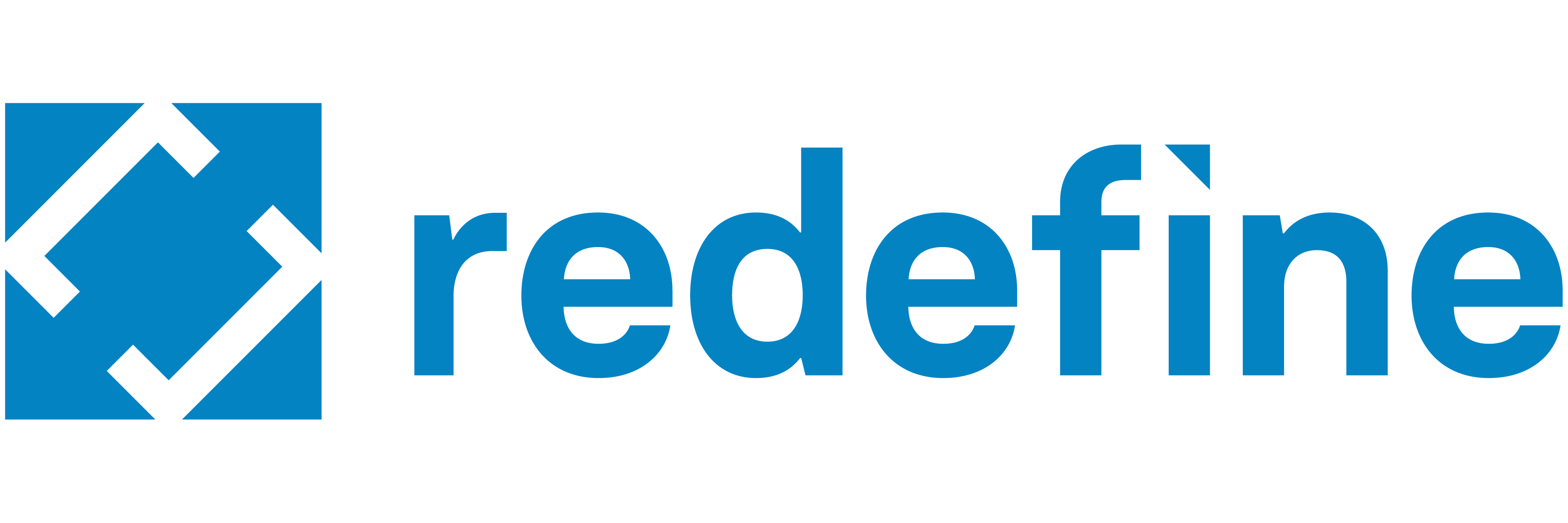In today’s global economy, outsourcing has become a widespread practice. According to Exploding Topics, the outsourcing industry is expected to reach $525 billion by 2030 and 37% of small businesses currently outsource at least one task.
Outsourcing allows businesses to scale by delegating auxiliary functions to an off-site team. This enables in-house employees to focus more efficiently on their core competencies. Common outsourcing services include customer service and community moderation, ecommerce workflows, back office support, and more.
Our client, Hugo Inc., is one of the world’s top outsourcing agencies. Businesses rely on Hugo for everything from call center support and sales to data annotation and training LLMs. With over 4,500 employees worldwide, Hugo’s outsourced teams are rigorously vetted. Their agents possess advanced degrees and a minimum of three years’ field experience, ensuring that Hugo’s clients receive an unparalleled level of hands-on support.
But Hugo’s Resources blog didn’t reflect this human-first approach. Although they had published an impressive selection of articles, their previous content strategy relied heavily on AI-generated work. It wasn’t ranking in organic search.
That’s where Redefine stepped in. Our content experts rolled up their sleeves and got to work on a blog refresh campaign that resulted in a 50% increase in position 1-3 rankings, a 42% increase in traffic, and more. Here’s how we did it.
Read the full case study here:
The challenge: low-quality AI content
Although no two clients are exactly alike, all SEO content campaigns revolve around the same core challenge: How do you get your website to rank on the first page of Google?
Content is one of the most effective ways to accomplish this. While today’s digital media landscape includes many different types of content, blog articles are still highly valuable to an SEO campaign because they’re naturally suited for keyword optimization.
But it’s not enough to simply publish blogs with a few keywords sprinkled here and there. To appeal to search engine algorithms, your content needs to appeal to human readers first. This is where Hugo’s initial content strategy missed the mark.
Prior to approaching Redefine, the vast majority of the client’s blog articles were AI-generated. While AI can be a powerful tool for SEO and digital marketing, its writing often suffers because it lacks an editorial voice and a clear point of view. Hugo’s blogs provided information, yes, but they failed to rank for the following reasons:
Too much branding
In many articles, the content read more like a product landing page than a blog. It over-emphasized the Hugo brand, rather than helping the reader enhance their general knowledge of outsourcing. While a branded approach is useful when targeting keywords with a Transactional search intent, it’s difficult to rank for Information keywords when the content is too “sales forward.”
Poorly optimized subheadings
Similarly, the H2 and H3 subheadings in the client’s blogs were either too branded or too generic. Many subheadings were also too wordy. To appeal to search engines and human readers, subheadings must provide information that’s easy to understand at a quick glance. They should entice you to keep reading.
Low readability
Hugo’s blogs also lacked easy readability. They consisted of very long paragraphs, above the generally recommended 6-line limit, with few bullet points or numbered lists to break up the information into a more digestible form.
No internal or external links
Finally, we observed that the majority of Hugo’s AI generated blog content contained no internal or external links.
Links in long-form content are a critical component of SEO strategy. Internal links encourage readers to remain on your site longer, while external links help build authority and credibility. As with many aspects of writing, generative AI tools currently struggle to embed links in accordance with the best practices for anchor text.
Redefine’s solution: a human touch
Hugo came to Redefine in January, 2025. The client approached us with a list of 20 high-value keywords tied to their services and industry niche. Their goal was to increase organic traffic and boost non-brand visibility.
Here’s how we did it:
Step 1. Content pruning
We began with a thorough content pruning with data from Google Search Console, SEMRush, and organic analysis. Through this process, we identified articles that showed the highest potential for refreshing.
During our content pruning, we assessed Hugo’s blogs based on the following criteria:
- Striking Distance: Was the blog already within striking distance (position 11 to 30) for one of the target keywords?
- Keyword Alignment: Could the content easily be modified to include one of the client’s targeted keywords?
- Active Sessions: How many visitors viewed the article over the past 12 months?
- Word Count: Was the article thin, or did it possess a minimum 800-1000 words?
- Relevancy: Was the article “evergreen,” or did it rely on outdated information that’s no longer relevant to the client’s audience? If it was outdated, how easily could we revise the content to make it evergreen?
- Redundancy: Was the topic already covered in another article?
Through this process, we identified approximately 30 “refresh blogs that would benefit from human editing, rewriting, and keyword optimization. We recommended other articles for deletion, or merging with one of the refresh blogs because their topics overlapped.
Step 3. Perform content refreshes
Once we had our list of refresh blogs, we went to work. Our in-house team edited each blog for active voice, accuracy, and readability. We added strategic keyword placements as well as internal and external links.
Additionally, we made adjustments to bring the articles into alignment with an Informational search intent. For example, many blogs were revised to answer a general question about outsourcing, rather than simply stating facts about Hugo’s services.
Step 3. Guide the client’s internal team
Finally, we trained Hugo’s in-house team on SEO content best practices. This enabled them to assist with the refresh project, while also laying the foundation for stronger original content moving forward.
The results: 50% page one rankings in 6 months
Our refresh project delivered significant growth for the client. Within six months of implementing our on-page enhancements, rankings and impressions rose exponentially:


We also achieved:
- +42% blog growth traffic
- +50% position 1-3 rankings
- +86.4% position 4-10 rankings
- Over $13k worth of traffic value
Let Redefine refresh your content
Our work for Hugo Inc. demonstrated the value of the human touch in content strategy. While AI tools can assist, there’s no substitute for the expertise and experience of content editors.
If your content isn’t delivering the results you want, a targeted refresh can be an effective way to earn more traffic and rankings without a complete overhaul. Wondering how this strategy could help your brand? Contact Redefine today for a free consultation.





